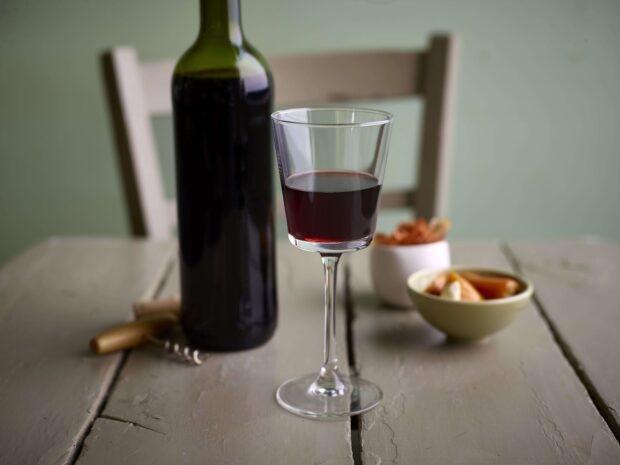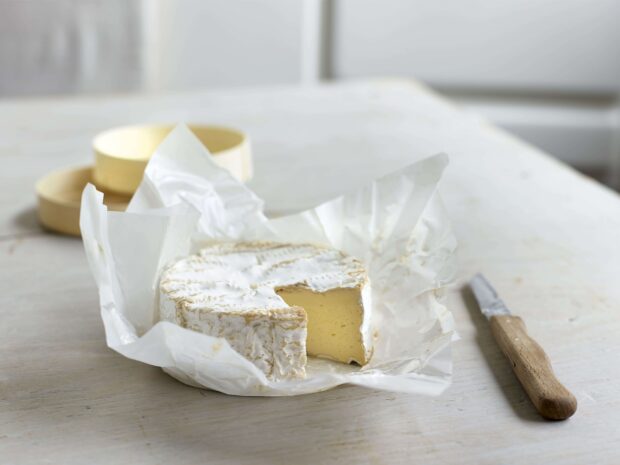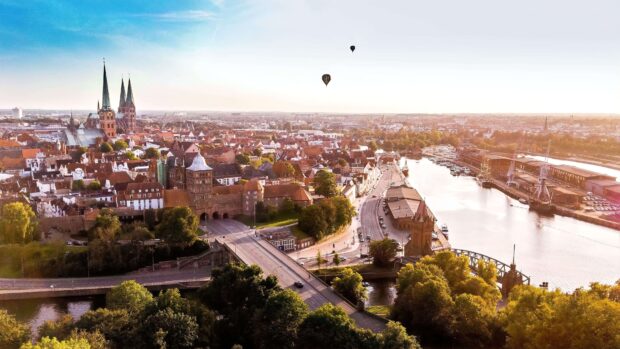Europe is a captivating blend of art, history, culture, and natural beauty. From the architectural wonders of Paris and Vienna to the tranquil beauty of Scandinavia’s landscapes, every experience for visitors and locals is deeply enriched by the unique offerings of each region. Beyond iconic landmarks and scenery, Europe boasts an array of authentic food, spirits and wine, many of which are labelled by geographical indications (GIs). Serving as a certification of quality and origin, GIs provide a deeper understanding of the European experience. Whether savouring Camembert de Normandie in the French countryside, tasting Rioja wine in Spain or indulging in Lübecker Marzipan in Germany, GIs add an extra layer of authenticity to your journey, making it unforgettable for you and your senses.
This intricate system of GIs is not only shaping European markets but also holds transformative potential for Asian economies, including the Philippines’ newly recognised Guimaras mango.
GIs and Their Potential in the Philippines

The approval of the Guimaras mango as the Philippines’ first registered GI heralds new economic possibilities. With this recognition, it is expected that demand for the product could drive up local prices of these distinctively sweet mangoes, offering a potential economic windfall for Filipino farmers. Looking beyond the domestic market, registering more Filipino GIs like the Guimaras mango could also open doors internationally. Notably, the European Union, a robust market for GIs, presents an untapped opportunity for premium Filipino products to gain wider recognition and command higher prices.
Additionally, EU products with GI status becoming registered in the Philippines could set new standards for quality and fetch premium prices, enriching the local market. As of now, no GIs from the Philippines are registered in the EU, making the Guimaras mango a potential pioneer for Filipino-European trade in GI-recognised goods. With both sides standing to gain economically and culturally, the future for GIs in Philippine-EU relations appears promising.

As the Philippines celebrates the potential of its own GIs like the Guimaras mango, it’s worth looking to established European GIs for inspiration. One standout example is Lübecker Marzipan from Germany, originating from the UNESCO World Heritage Site of Lübeck that attracts history buffs, art lovers, water activity enthusiasts and gastronomic adventurers. The Lübecker Marzipan isn’t just any almond paste. It is renowned for its generous almond-to-sugar ratio, thus setting Germany apart in the world of sweets. Often hand-painted into intricate creations, it’s a favourite treat, especially during Christmas or local festivals. The artisanal marzipan not only entices the palate but also contributes to Lübeck’s economy through tourism with speciality workshops delving into its history and artful crafting, demonstrating the value a GI can add to a region’s offerings.
The Significance of GIs Beyond the Plate
GIs not only help preserve diverse culture and history, but these labels also carry an economic weight. In the EU, the GI sector is worth EUR 77 billion and contributes to 15% of the EU’s total food and drink exports. In rural areas, GIs offer a lifeline as they create sustainable economies by driving demand for locally produced items. Products carrying the GI tag often command premium prices, leading to higher profit margins for producers. This economic stability helps combat rural depopulation and continues traditional practices. Also, it is worth noting that the prominence of GIs can foster a greater sense of community as farmers, producers, and other specialists are often brought together in collaborative initiatives. These communal ventures increase production quality and contribute to local networking and knowledge-sharing.

Additionally, many products with GI names adopt eco-friendly production methods, reducing pollutants and contributing to a healthier environment. So, when you choose a product with a GI label, you are supporting a system that elevates cultural preservation, boosts economies, and champions sustainability.
European Tourism and GIs: An Intertwined Relationship
Europe’s appeal lies not only in its celebrated art, striking architecture, and intricate history but also in the unique angle provided by geographical indications. For travelers who crave more than the usual tourist sites, a European journey becomes a multi-sensory experience through the lens of GIs. Tasting a GI product isn’t only about flavors, it can uncover the story behind it, like the connection between the wine and the vines that grow in the background. This tie between product and place makes travel more personal and a unique experience.

Regions renowned for their GIs see a steady stream of tourists eager to partake in this authentic experience, so the economic significance is palpable. From vineyard tours in France to those marzipan workshops in Germany, the tourism sector sees a boost from these unique offerings. Regions capitalise on their GI products, building entire festivals, tours, and experiences around them, bolstering local businesses and hospitality sectors. Moreover, GIs can serve as a marker for sustainable tourism. Travellers are more conscientious nowadays, seeking experiences that are eco-friendly and more sustainable, so GI products, with their emphasis on traditional and often eco-friendly methods of production, align perfectly with this ethos.
Protecting Consumers and Producers
Geographical indication (GI) isn’t just a label – it’s a promise. For consumers, GIs serve as a reliable indicator of authenticity and quality. When a product carries a GI tag, buyers can be assured not only of its geographical origin but also of its unique characteristics and quality, inherently linked to that origin. This facilitates informed choices, ensuring that consumers get what they are paying for.
For producers at large, the advantages of GI protection are multifaceted. First and foremost, it offers a shield against unfair competition. In a global market filled with replicas, a GI-certified product – often developed over generations – can be sure it is neither diluted nor falsely claimed by others. This protective measure instils genuine producers with the confidence that their products won’t be cheapened by imitations.
Where Nature Meets Culture

GIs combine the best of nature and culture, whereby traditional know-how transforms what nature has to offer into delightful products of excellent quality. These items have an economic ripple effect: by visiting production areas and supporting products with names that are protected as GIs, we fuel the sustainable development of rural areas, securing livelihoods and preserving traditional skills and know-how. There are 54 Southeast Asian GIs that are recognised within European borders through free trade agreements (FTAs) and direct registration in the EU. This recognition is more than a trade relationship; it is a testament to cultural understanding and shared respect.
This successful model, where GIs boost both tourism and local economies, offers a template for how countries across the globe, including the Philippines, can integrate cultural preservation and economic growth. So, the next time you dream of a getaway, in Europe or elsewhere, or consider what to add to your shopping cart, remember that these choices hold power and an opportunity to invest in quality, authenticity, and economic sustainability, both near and far.
ADVT.
Other Lifestyle.INQ stories:
Former U.S Merchant Marine finds ‘happiness’ in his new home in the Philippines











































